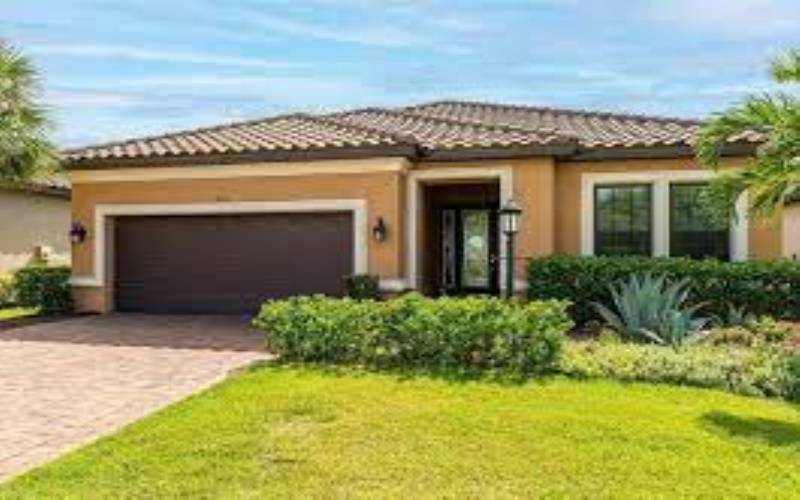Regardless of the type of roof you have, every roof has a lifespan and will eventually require professional roof replacement and installation services. Living in North Carolina adds a unique dimension to this concern, with the state often facing hurricanes and severe weather that affects both roofs and homes.
In this post, let’s explore how often you should replace your roof and the crucial steps to ensure its longevity despite the challenging weather that North Carolina often faces.
Determining Roof Replacement Frequency
Understanding the lifespan of your roof depends on what it’s made from. Shingle roofs generally endure between 15-20 years, while metal roofs boast a more extended lifespan of 40-70 years. However, the reality in North Carolina is that harsh and extreme weather events can significantly shorten this timeframe.
So, it’s essential to recognize the signs of wear and tear and be proactive in deciding when to invest in new roof installation.
The Importance of Regular Roof Inspections
To catch potential roof damage early, regular inspections should be done. Aim for at least one inspection per year and consider increasing the frequency if you live in an area where severe weather is more common. While some homeowners will be tempted to inspect their own roof, hiring a professional is vital and ensures a comprehensive examination, uncovering potential issues that might be overlooked (not to mention it’s very unsafe to climb onto your own roof).
Post-Hurricane Roof Inspections
After enduring a hurricane, immediate roof inspections are a must. The extensive damage caused by hurricanes can worsen if not addressed promptly. Schedule a roof inspection to assess and repair any hurricane-induced roof damage. Taking quick action can prevent further issues, and costs, and will ensure the long-term integrity of your home or business.
Recognizing Signs of Roof Replacement
While professional inspections are recommended, homeowners can also keep an eye out for signs indicating the need for roof repair or replacement. Different roofing materials exhibit distinct signs of deterioration. For shingle roofs, watch for a worn appearance, curling edges, missing granules, or visible signs of aging. An obvious sign will also be leaking into your attic or ceiling. Meanwhile, metal roofs may manifest signs like visible rust, deteriorating panels, loose fasteners, or damage to the painted finish.
Shingle Roof Replacement Indicators:
- Worn and aged appearance
- Curling shingle edges
- Neighbors replacing their roofs
- Roof over 20 years old
- Moss growth
- Bald patches with missing granules
- Cracked shingles
- Dark streaks on the roof
- Sagging roof
- Missing or loose shingles
- Roof leakage
- Presence of mold or rot
- Holes in the roof
Metal Roof Replacement Indicators:
- Visible rust
- Deteriorating metal panels
- Loose metal panels
- Worn-out fasteners
- Painted finish over 30 years old
- Damaged painted finish
- Roof leakage
- Visible damage post-storm
Get A Roof Inspection & New Roof Installation to Protect Your Home
Understanding the lifespan of your roof, conducting regular inspections, and recognizing signs of wear are important in maximizing your roof’s lifespan. Prioritize your roof’s condition to safeguard your investment and ensure lasting protection. A proactive approach to roof maintenance is not just about preserving a structure; it’s about securing the comfort and safety of your home and avoiding unnecessary roof installation and issues.

